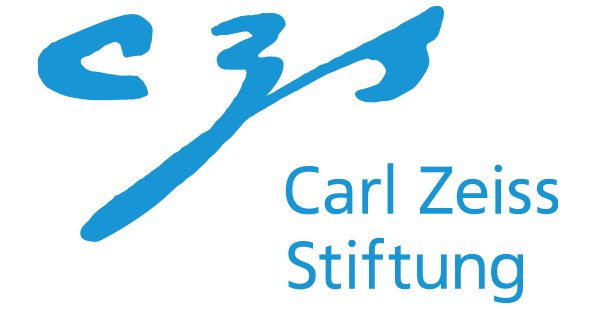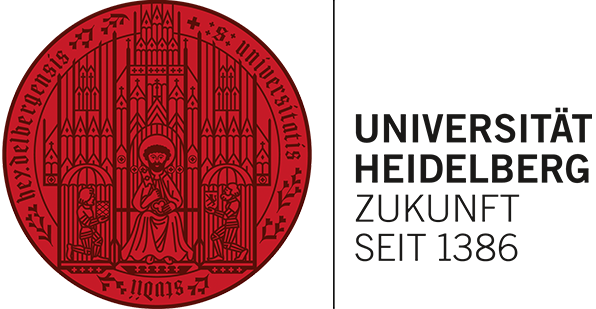3D Metamaterials (C2)
- Click on the images to enlarge them and view the source.
Thrust C2 focuses on the rational design and the engineering of 3D metamaterials as one important application area of the 3D manufacturing technologies developed in Thrusts B1 and B2.
Combining different constituents via engineered structural motifs into metamaterials achieves effective materials’ properties that go beyond (“meta”) those of their ingredients. For this to happen, the structural motifs must usually be smaller than other relevant length scales, such as the wavelength of the phenomena they address. The ability to thereby design material properties for a specific functional use inverts the materials engineering approach which is usually derived from given materials and their properties.
Thrust C2 aims at designing metamaterials with programmable optical, electrical, and mechanical properties with the unique “molecular cartridges” that are provided by the Thrusts in Research Area A. For this reason, we will exploit new testing and characterization methods to demonstrate, verify and further explore the properties of programmable metamaterials, including their durability and functional stability.

Prof. Dr. Peter Gumbsch
Karlsruhe Institute of Technology
Please also note our dedicated Opportunities page.
Images
Description: Illustration of chiral metamaterial (Source: Adapted from P. Ziemke et al., EML 32, 100553 (2019))
Description: Scanning electron micrograph of 3D laser printed mechanical metamaterial exhibiting acoustical activity, the elastic counterpart of optical activity. (Source: Unpublished Image, related work in Frenzel et al., Nat. Comm.10.1 (2020))
Description: Rendering of chiral phonon in an mechanical active acoustic metamaterial. (Source: Frenzel et al., Nat. Comm. 10.1 (2020))
Description: Computer design as well as corresponding fluroescence images taken on a three-dimensional fluorescent microstructure fabricated by multi-material 3D laser nanoprinting (Source: Mayer et al., Sci. Adv. 5.2 (2019), DOI: 10.1126/sciadv.aau9160)




